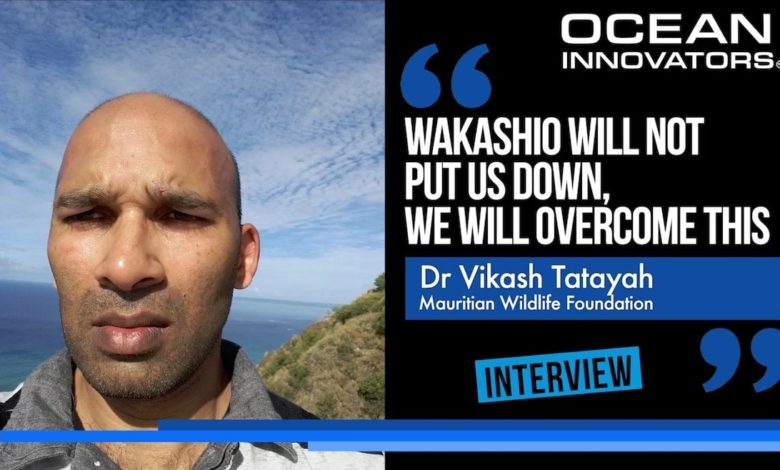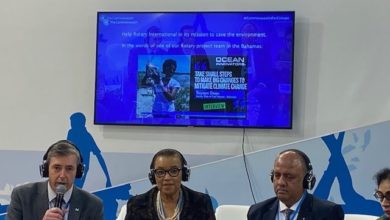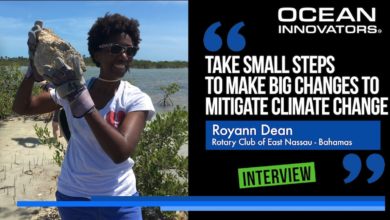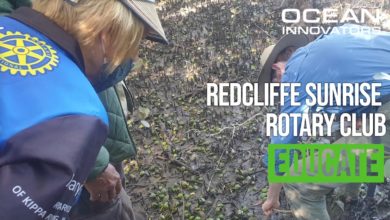Goal 15 - Life on land
Wakashio oil spill in Mauritius – Update

One year after the MV Wakashio oil spill in Mauritius, let’s take a look at what is going on. Although there is hope for positive changes to legislation and the Mauritian Wildlife Foundation (MWF) and other NGOs have worked tremendously hard to save endemic species and carry out conservation missions, there has been permanent damage to the ecosystem and recovery will take time.
Policy-making:
- The government recruited an international consultant to review the National Oil Spill Contingency Plan (NOSCP). MWF believes this document should be made public.
- MWF has also recommended the government to declare Particularly Sensitive Areas to better protect key ecological sites. MWF has been pressuring the government to implement this since before the oil spill to no avail, but the disaster has propelled things in the right direction.
- The government intends to sign the 1996 Protocol, which will entitle Mauritius to better compensation in the event of an ecological disaster. Regarding the MV Wakashio disaster, a tender has been launched to appoint a team of consultants to prepare a claim to insurers.
Ecological impact:
- An endemic cricket species living on Ile aux Aigrettes, a nature reserve severely affected by the oil spill, had disappeared. The species was found again in February 2021 by Souraj Dwarika but in small numbers.
- Coastal trees on Ile aux Aigrettes were contaminated by the black sludge and had to be trimmed. “They are recovering but they will take time to grow back to their original size”, declares Martine Goder, Education and Flora Programme Manager at MWF.
- Although no obvious visible damage to birds on the island has been noticed yet, there are concerns of bioaccumulation of hydrocarbons. Effects would be detected in the long term.
- Many species were displaced as a precautionary measure and brought back to Ile aux Aigrettes once it was deemed safe again. This has led to changes in territories due to other species taking over.






